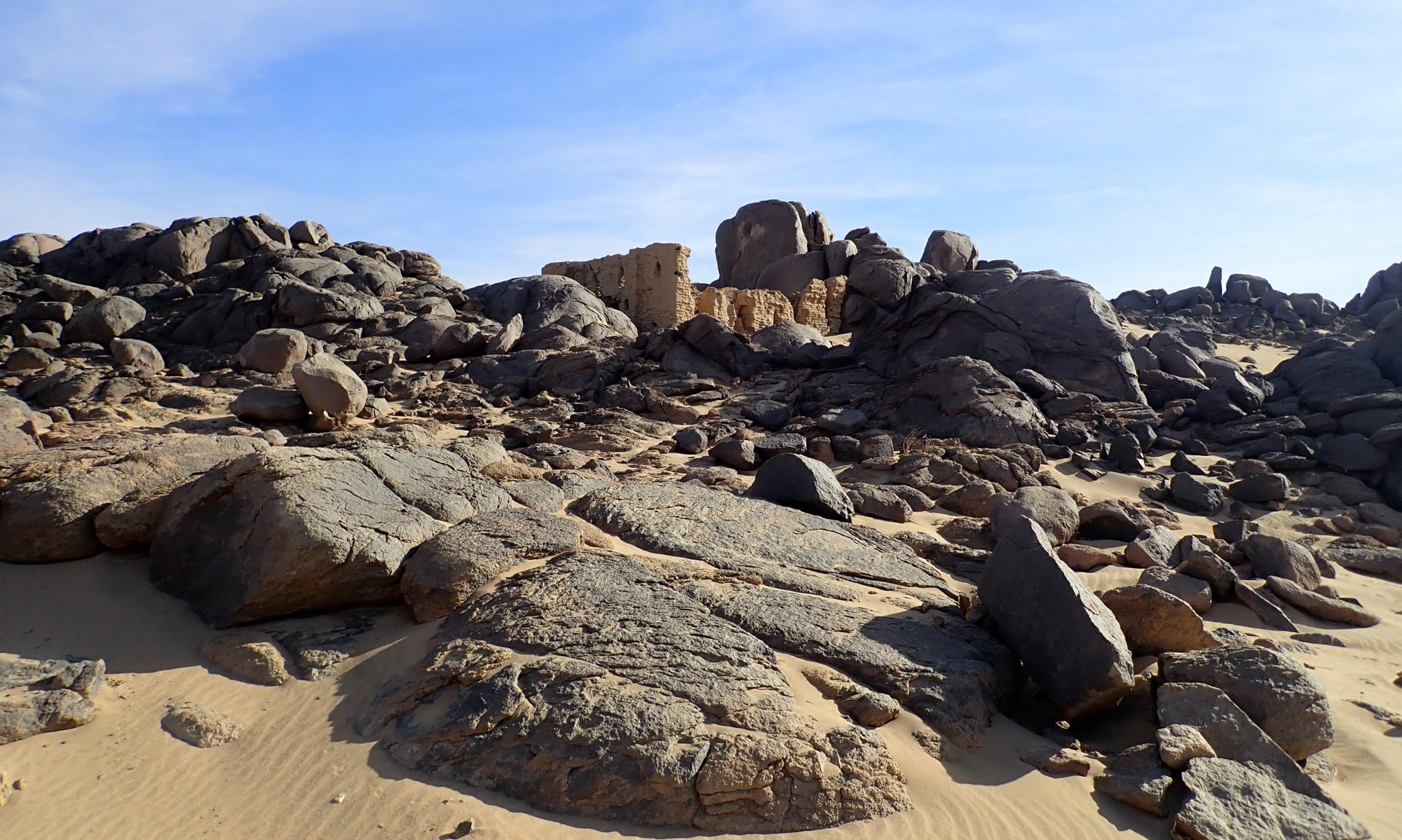Task 1 – Spot and image
The spot of the church at Miseeda and the petroglyphic image is the core of the project. The activity on the spot will concentrate on the documentation of all stages of work and investigated remains, collecting all data concerning the meaning and function of the image and spot. This task is divided in to two parts.
Task 2–Protection & conservation
The aim of protection and conservation will be to prevent the deterioration of the monument, its historical, and artistic value and authenticity. The uncovering and conservation of the monument and its painted decoration will provide data about its architecture, construction and iconography, as well as the original technology and materials used.
Task 3 – Broader context
The analysis of the context of the spot at Miseeda is crucial for understanding the changing meaning of the image and the place. Archaeological and ethnological surveys will allow reconstructing the history of the place from its earliest periods (during the survey not only Meroitic and Christian sites, but all archaeological remains will be recorded), up until the modern times (on the basis of interviews with the local community).
The numerous rock drawings of the investigated area will be a separate part of the research. Apart from the spatial analysis the chronological order of petroglyphs will be analysed. Together with the archaeological survey it will provide images of the changes in the human activities in space and time in the investigated area. It will be the basis for an attempt to grasp the change in meaning of petroglyphs over time [Polkowski 2015]. The analysis concerns petroglyphs that were added over time in the same spot to the existing ones, a process in which the meaning and function were engaged in a kind of ‘dialogue’. Verification of the existence of such ‘dialogues’ will be one of the elements in the discussion about the cultural changes and attitude to the past in different periods.
